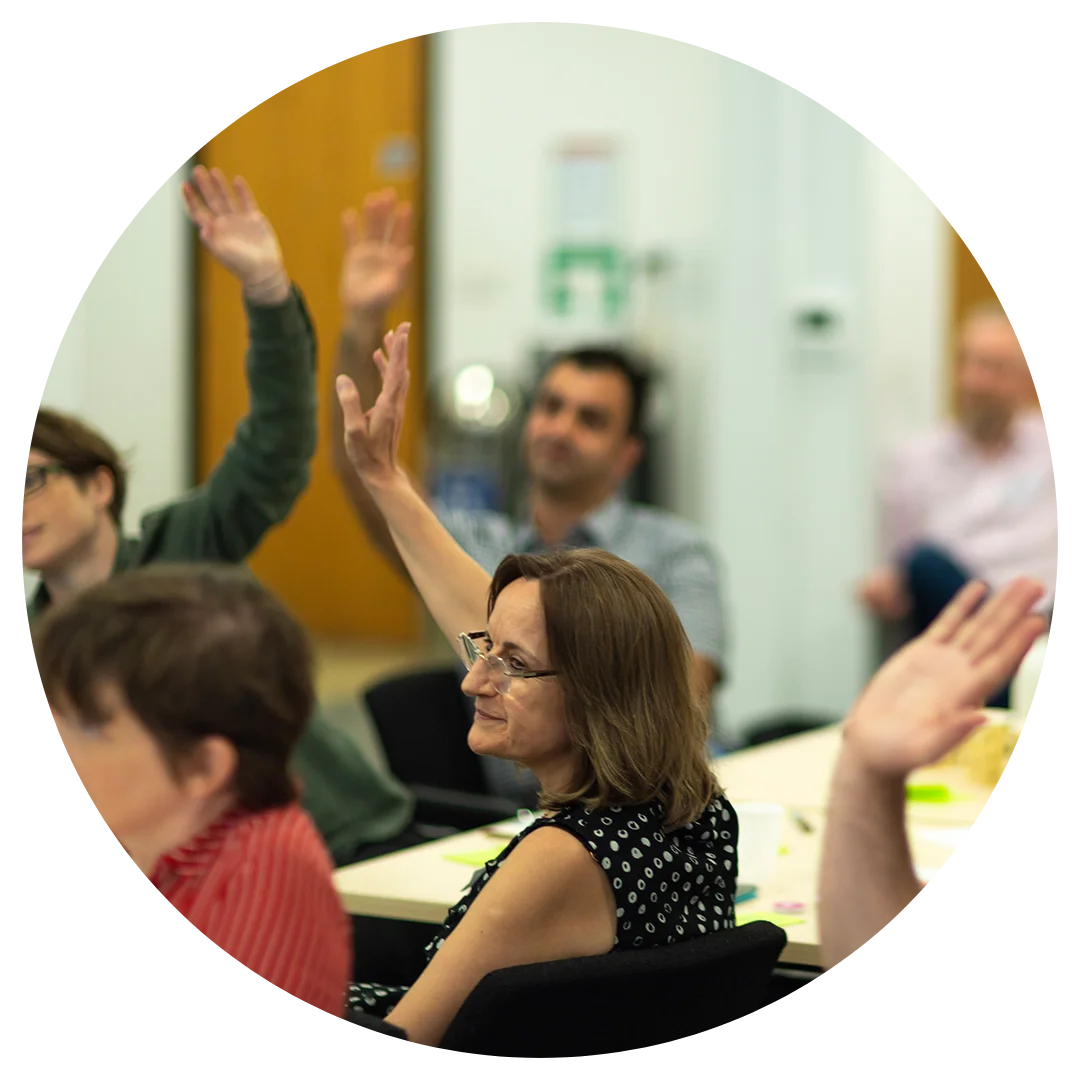People before platforms: A value-first approach to innovative transformation
As local government continues to face challenging times, we all have to look at different approaches to deliver better outcomes for our residents. The landscape of public service delivery has fundamentally shifted over the past decade, with increasing budget pressures, heightened citizen expectations, and a rapidly evolving technological environment. In my career spanning both strategic delivery and operational implementation, I’ve consistently seen that successful transformation isn’t about technology implementations, but about aligning strategic objectives with measurable outcomes that genuinely improve people’s lives.
A Harvard Business Review article (Digital Transformation Is Not About Technology) highlighted that only 30% of digital transformation initiatives achieve their intended results—a statistic that resonates particularly in resource-constrained public sector environments. This sobering figure should give pause to all of us working in local authority settings, where every pound spent must demonstrate clear return on investment for our communities.
This won’t make me popular, but I don’t believe in “digital transformation” as a concept; rather, I advocate for transformation enabled by digital change. This distinction matters because it places the focus where it belongs—on organisational and service transformation, with technology as the enabler rather than the driver. When we position technology at the heart of change programmes, we risk missing the fundamental organisational, process and cultural shifts required for meaningful improvement.
We see this in the increasing demand in adopting AI-enabled products. Whilst this significant technology shift will no doubt benefit society as it matures, all too often it is a solution looking for a problem. Throughout committee rooms across the country, discussions of AI capabilities frequently occur without the critical preceding conversation about service challenges that need solving. This “technology-first” mindset rarely delivers sustainable value and often leads to costly systems that gather digital dust.
The key to bridging this gap lies in enterprise architecture that prioritises value creation over technical elegance. When properly implemented, EA becomes the critical connection between strategic vision and operational reality. It offers the structured framework necessary to translate political priorities and community needs into coherent technology roadmaps that deliver genuine improvement. Too often, however, enterprise architecture functions become isolated technical exercises rather than the vital connective tissue linking council objectives to technical implementation.
Three principles have proven essential in my experience:
1. Citizen-centred design that starts with public engagement and needs rather than technical specifications. This approach requires genuine listening and co-production with residents, understanding their journeys through our services, and designing improvements based on lived experience rather than internal assumptions. When we truly engage with residents’ perspectives, needs from technological become obvious, targeted and effective.
2. Incremental value delivery through Agile (Big A!) methodologies adapted to public sector culture. The traditional waterfall approach to transformation rarely accommodates the complex, political reality of local government. Instead, by breaking change into manageable components with visible outcomes, we can build momentum, demonstrate value, and adjust course as we learn—all whilst maintaining the governance and transparency requirements unique to public bodies. Note: Agile as a cultural methodology rather than agile making us “use these shiny new things NOW!”
3. Cross-departmental collaborative relationships that break traditional silos. The most transformative improvements frequently occur at the boundaries between services. By creating multidisciplinary teams with representation across traditional departmental boundaries, we unlock innovative approaches that address root causes rather than symptoms, whilst building the cultural foundations for sustainable change.
The most successful transformations I’ve led didn’t begin with technology questions, but with “What needs to change that delivers value to residents and stakeholders?” This fundamental reframing shifts the conversation from systems and software to services and outcomes. It has repeatedly proven more effective in delivering change that matters, particularly in councils where resources are constrained but community needs continue to grow.
This value-first approach will help us navigate budget constraints while still delivering meaningful and valuable innovation. The financial challenges facing local authorities today require us to be increasingly discerning about our investments, focusing scarce resources where they can make genuine difference. By grounding our transformation efforts in evidence-based resident needs and measurable outcomes, we can ensure that every programme delivers tangible improvement.
As public sector leaders, we must remain focused on the ultimate measure of success: improved services and outcomes for the residents we support. Technologies will come and go, but our fundamental mission remains constant—to serve our communities effectively, efficiently and responsively. By making transformation about “what we do” rather than “what we do it with”, and thinking of outcomes not outputs, we stand the best chance of navigating the challenging landscape ahead whilst continuing to deliver for those who depend on our services.
Darren Mann


